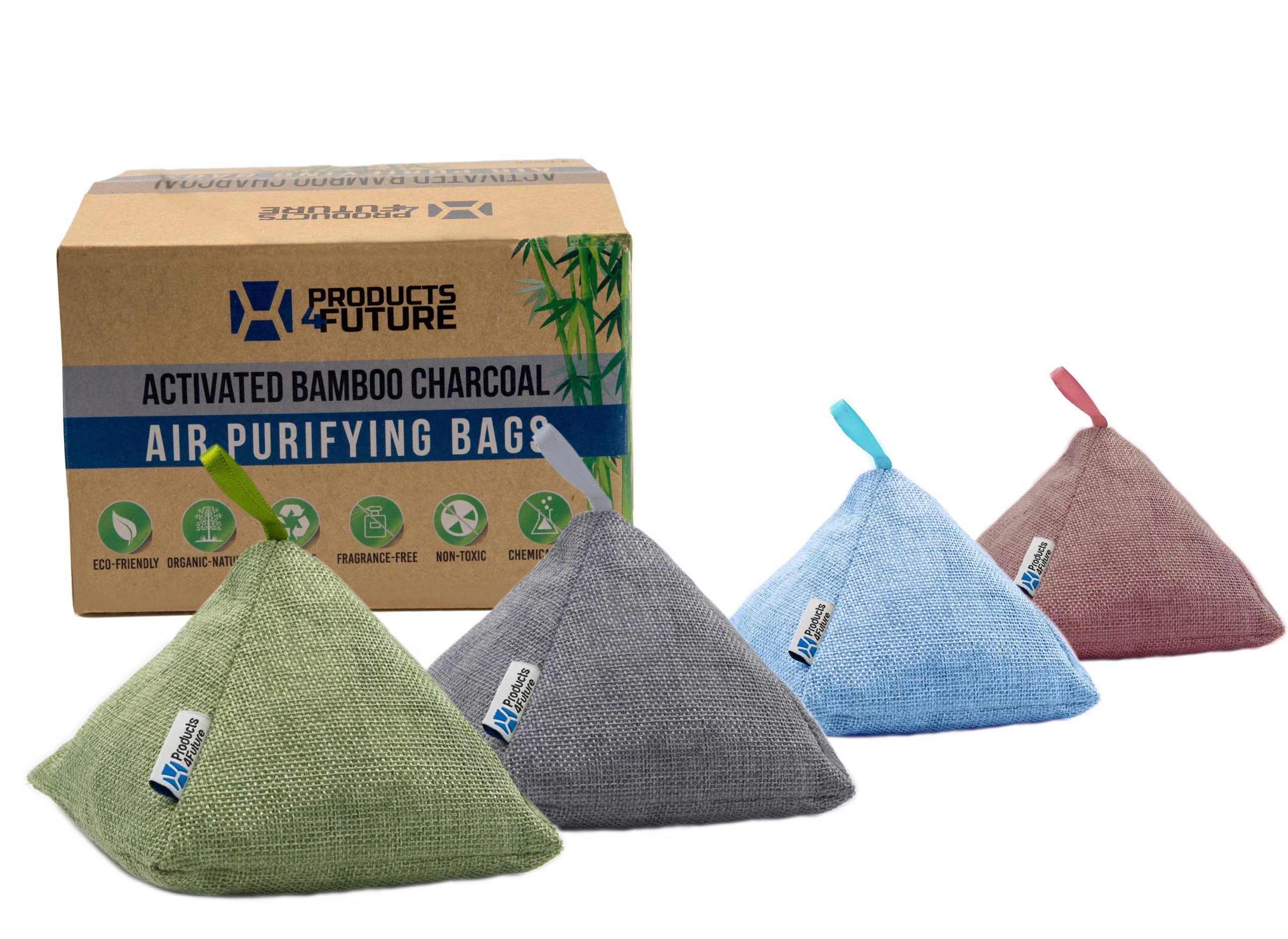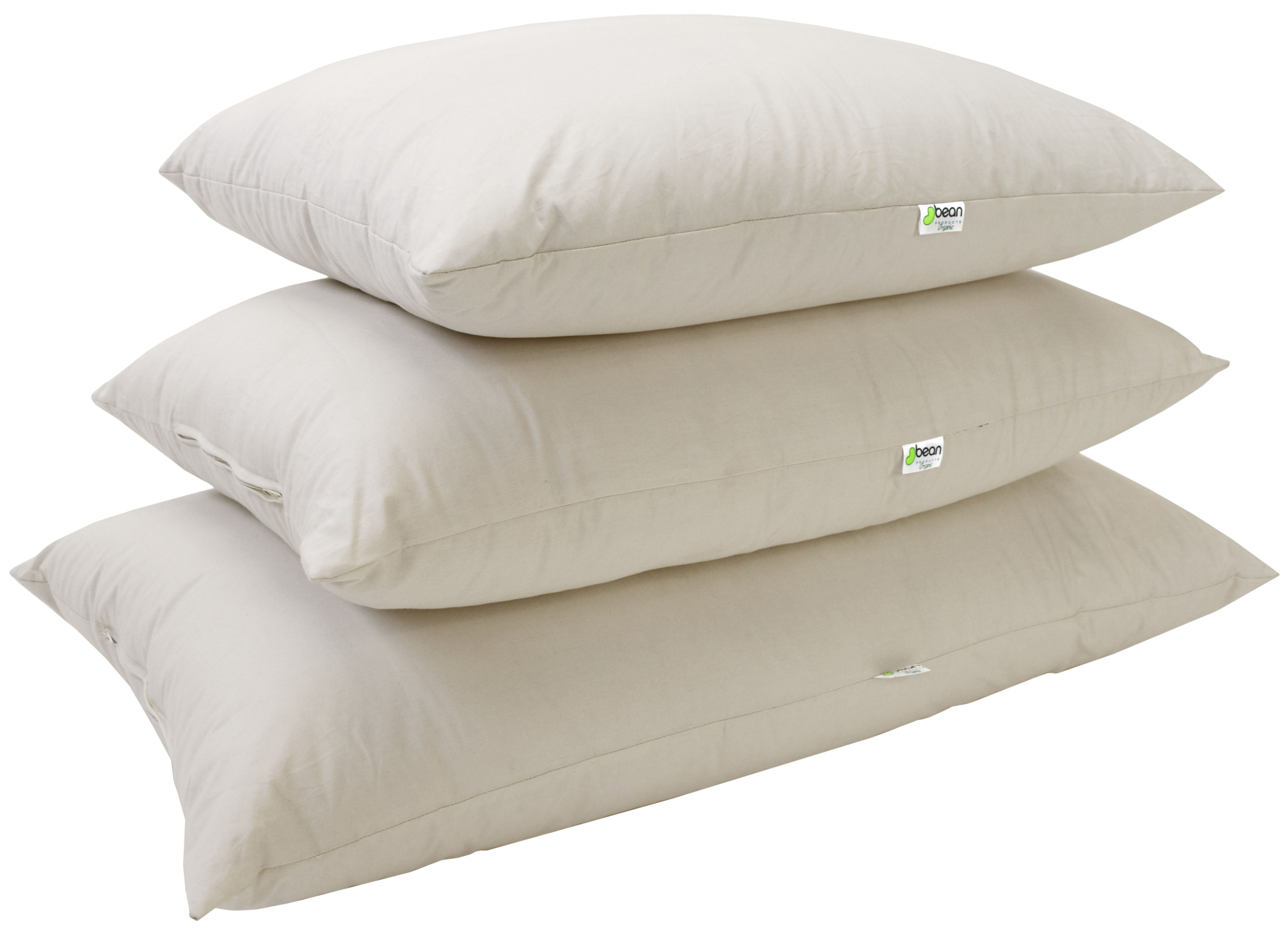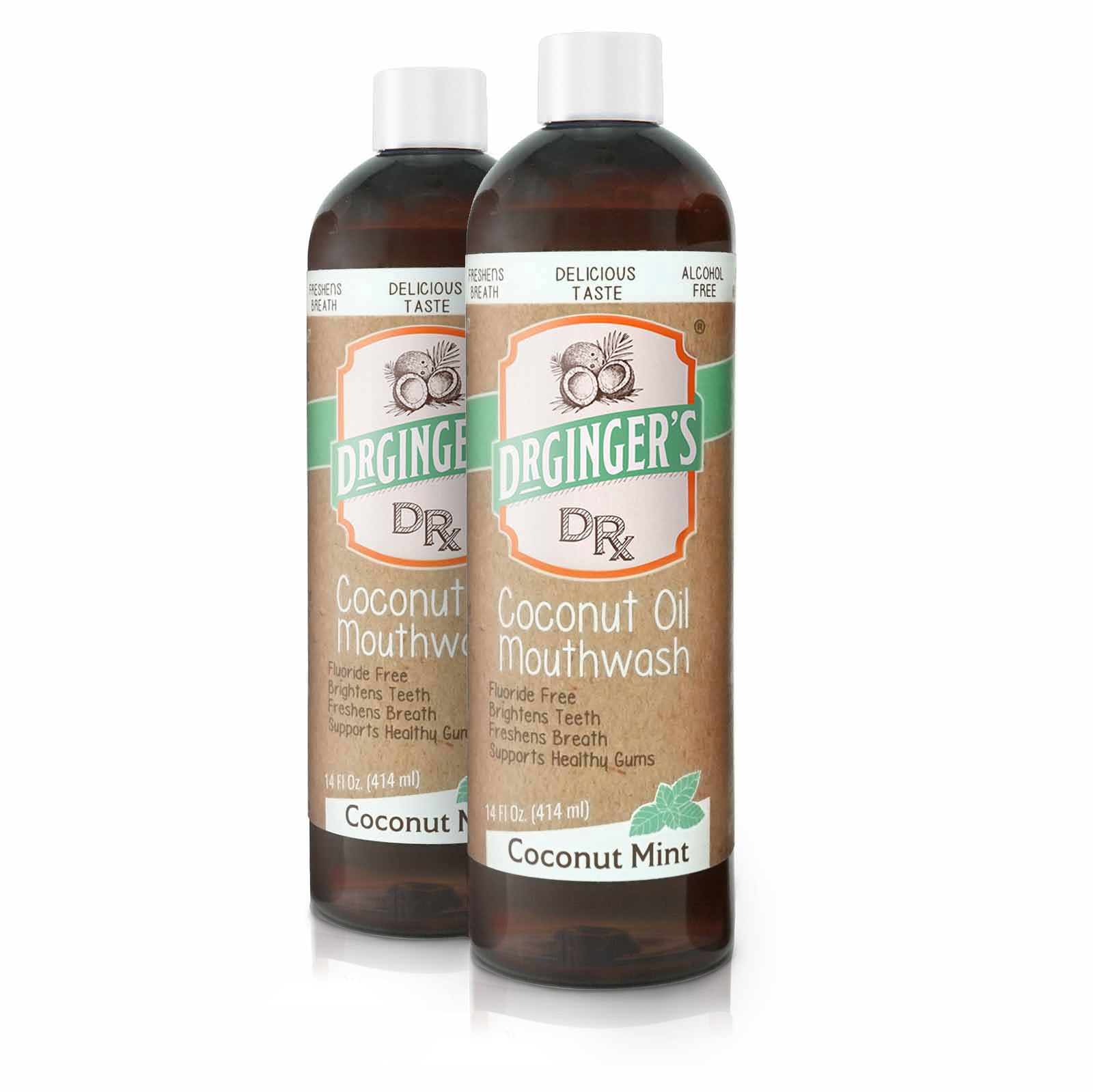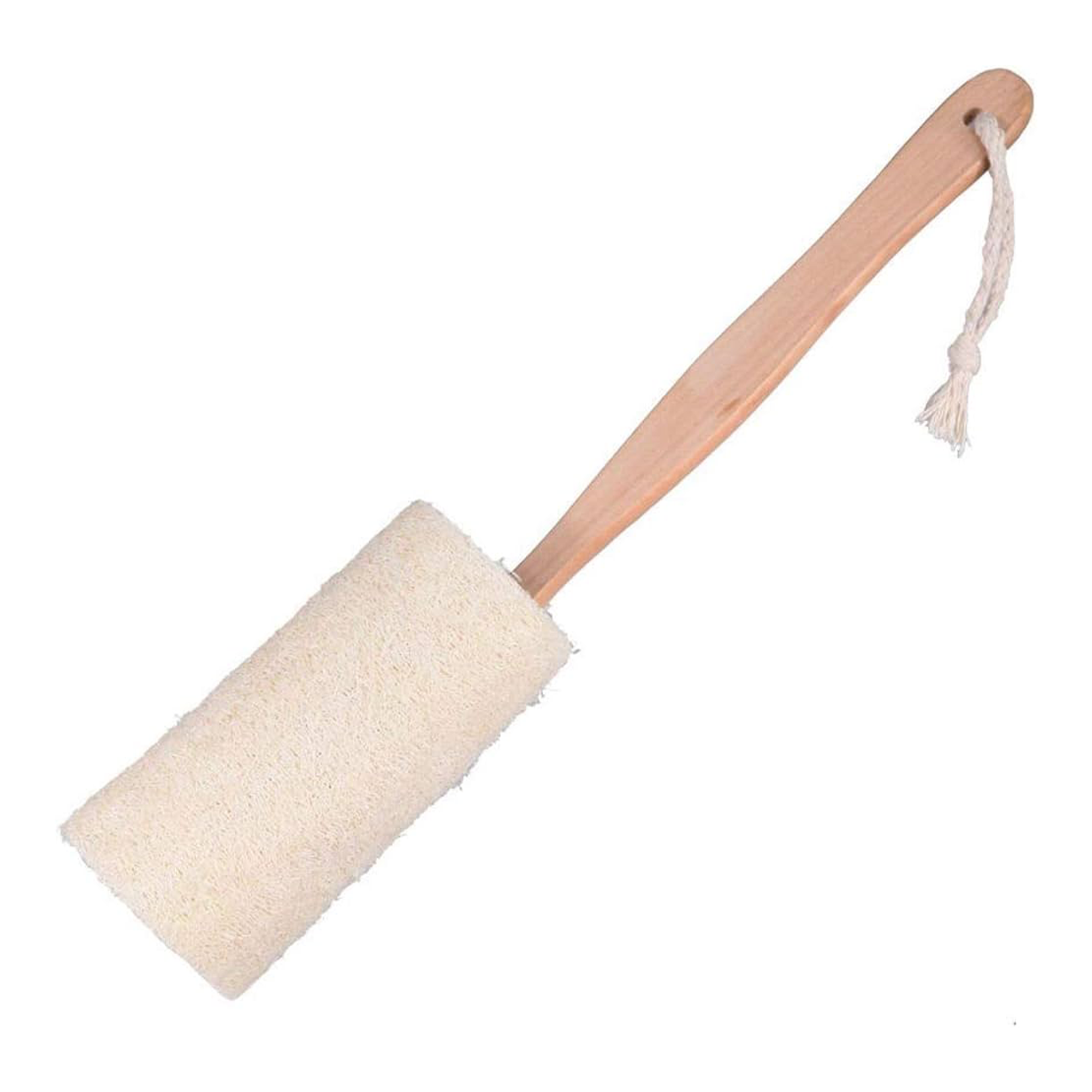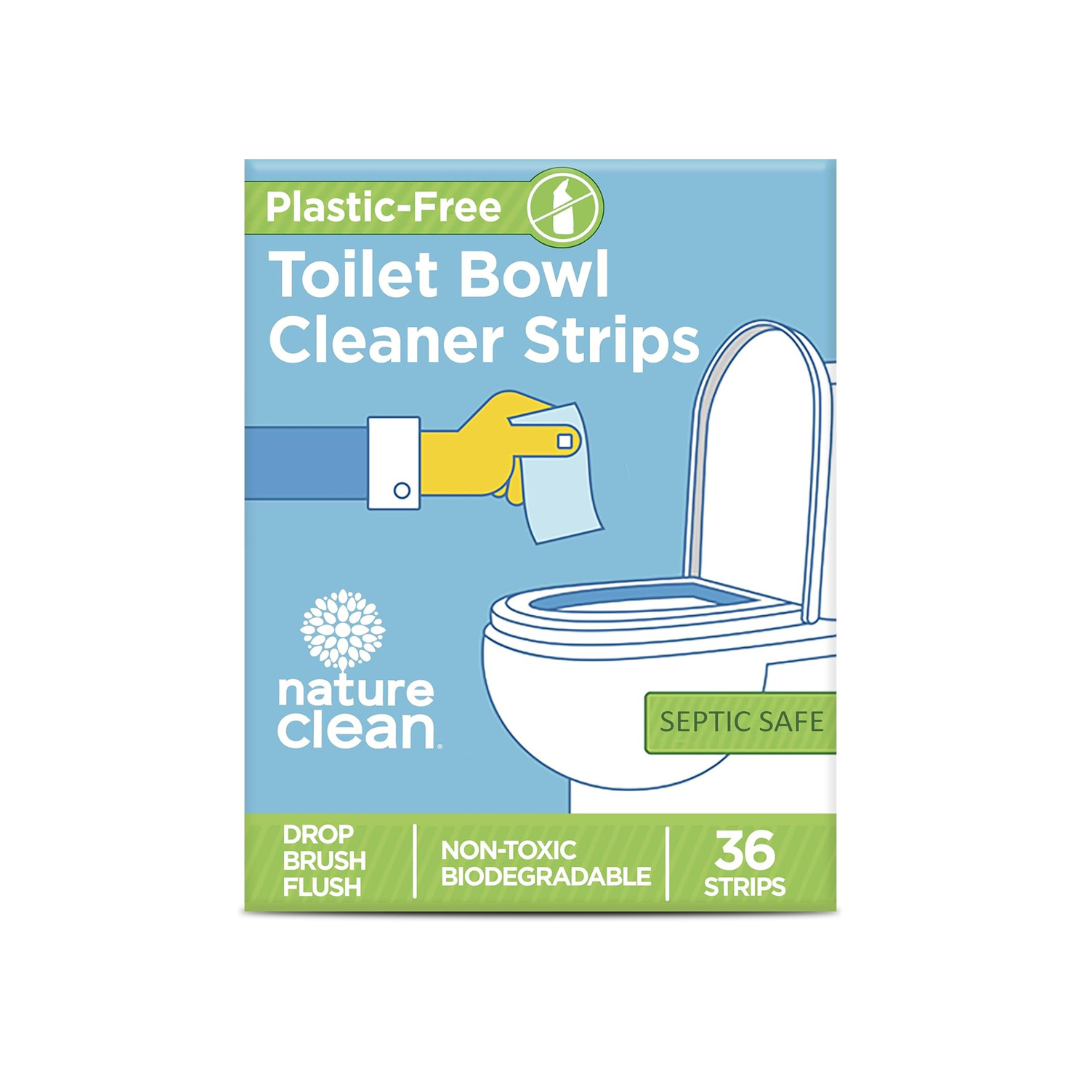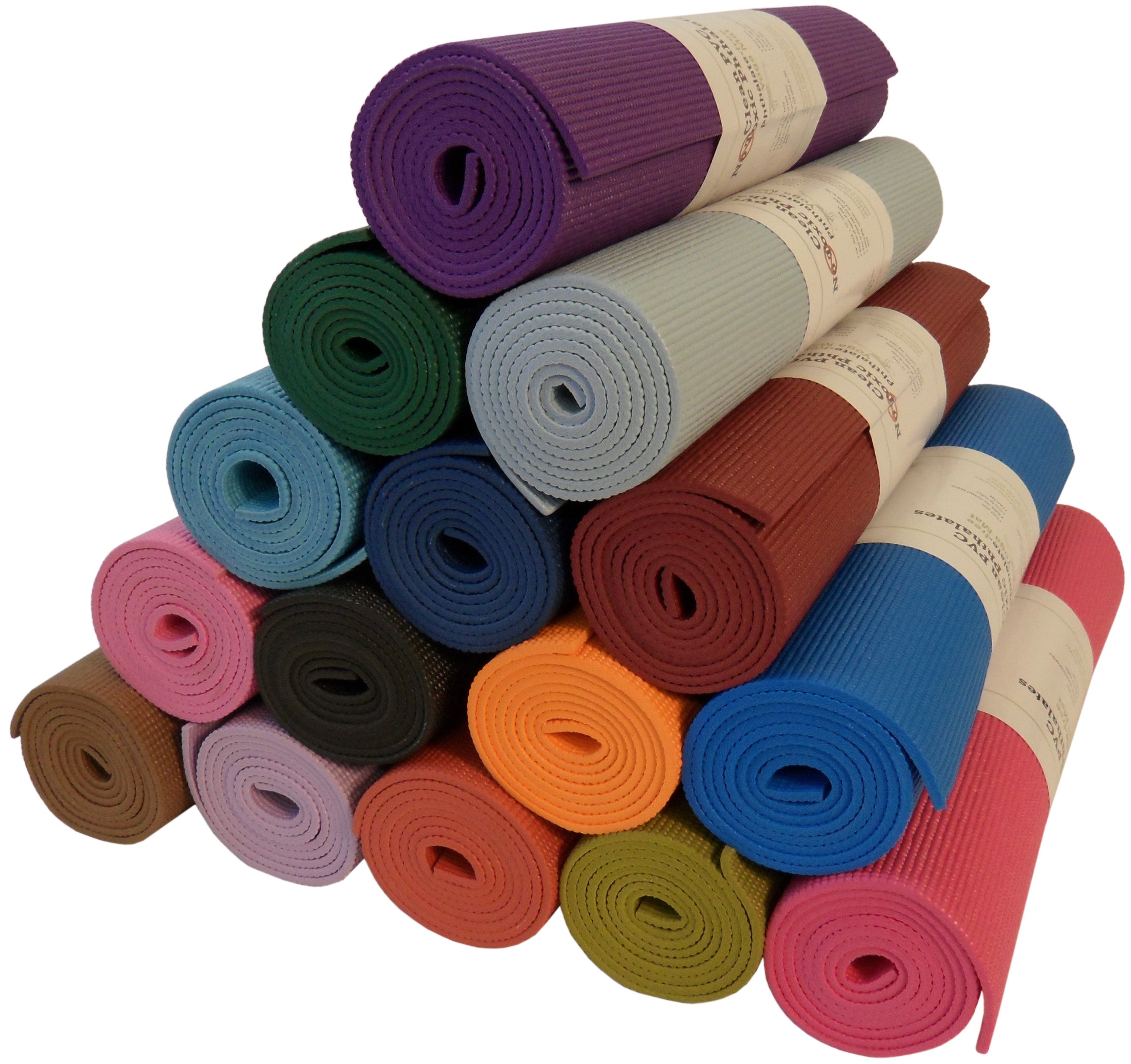Welcome to the fourth edition in our Sustainable Living Guide series. Reducing waste is not just about being environmentally conscious; it's about making sustainable choices that can significantly improve the health of our planet and our quality of life.
Before we start, you can discover more about Sustainable Living in our previously published guides:
- Sustainable Living Guide #1: Basics of Sustainability
- Sustainable Living Guide #2: Sustainable Home Care
- Sustainable Living Guide #3: Eco-Friendly Personal Care
Understanding the Impact of Waste on the Environment
Every year, millions of tons of waste are produced worldwide, much of which ends up in landfills or the oceans, causing massive environmental damage. From plastics that take hundreds of years to decompose to organic waste that releases methane—a potent greenhouse gas—our everyday trash has far-reaching impacts. These include harming wildlife, polluting our water sources, and contributing to global warming.
It’s crucial for us to recognize that every piece of waste we produce has a lifecycle and a footprint. By understanding these impacts, we can make more informed decisions about the products we buy, use, and dispose of.
Why Waste Reduction Matters
For middle-aged mothers, managing a household efficiently means not just taking care of the family’s immediate needs, but also planning for the future. Reducing waste is a significant part of this. By minimizing the waste we generate, we:
- Conserve natural resources and reduce the demand for raw materials.
- Save energy used in manufacturing, transporting, and disposing of goods.
- Mitigate pollution and reduce greenhouse gas emissions.
- Set a positive example for our children, teaching them the values of responsibility and conservation.
- Save money by purchasing less and making the most of what we have.
Assessing Your Current Waste Practices
Embarking on a journey towards waste reduction begins with understanding your current waste habits. By assessing what you throw away, you can identify not only how much waste you produce but also pinpoint opportunities for improvement. Let’s start by conducting a simple home waste audit, followed by identifying key areas where you can make impactful changes.
How to Conduct a Home Waste Audit
A home waste audit might sound complicated, but it's essentially a method of taking stock of what you throw away. Here’s how you can do it:
Gather Your Tools: You'll need a pair of gloves, a notepad and pen, and several categories of bins or bags to separate different types of waste—recyclables, compostables, and trash.
Select a Time Frame: A week is a good period for your audit as it provides a comprehensive view of your regular waste habits.
Collect and Sort: Throughout the week, keep all your waste instead of throwing it away. At the end of each day, sort the waste into your designated bins or bags.
Analyze: At the end of the week, examine each category. Note the volume of waste and what it consists of. Are there items that could have been recycled or composted? Are there multiple instances of the same type of disposable item?
Record Your Findings: Write down the types of waste you produce most and any patterns you notice, such as a lot of plastic packaging from snacks or disposable kitchenware.
Identifying Key Areas for Improvement
With the data from your waste audit, you can now identify which areas of your household produce the most waste. Here are some common areas and how you can target them:
Kitchen: Often the biggest source of waste, look at food packaging, and unused food. Consider switching to bulk purchases or using reusable containers.
Bathroom: Notice disposable products like razors, cotton swabs, and menstrual products. Reusable or sustainable alternatives are available for most of these.
Living Areas: Paper waste, like junk mail and magazines, can add up. Opt for digital subscriptions and place a no-junk-mail sign on your mailbox.
Kids' Items: Toys and school supplies can lead to a lot of plastic waste. Look for items made from sustainable materials and encourage sharing and reusing.
By understanding where your waste comes from, you can make informed decisions that significantly reduce your household's output. This audit not only helps the environment but often leads to more mindful consumption and can even save money in the long run. In our next section, we will explore specific strategies to tackle waste reduction in the kitchen, one of the key areas identified in many home audits.
Waste Reduction Daily Practices
Reducing Waste in the Kitchen
The kitchen is often the heart of the home and, unfortunately, a major source of household waste. Here are some effective strategies to minimize waste in this crucial area:
Swap disposables for reusables: Replace paper towels with cloth napkins and plastic wrap with beeswax wraps or silicone lids.
Use reusable shopping bags and produce bags: Keep them in your car or by the door so you never forget them on a grocery run.
Start a compost bin: Composting food scraps can dramatically reduce your kitchen waste and provide valuable nutrients for your garden.
Understand what can be composted: Typical compostables include fruit and vegetable scraps, coffee grounds, and eggshells.
Eco-Friendly Grocery Shopping
Buy in bulk: Purchase staples like rice, pasta, and cereal from bulk bins to reduce packaging waste. Bring your own containers if the store allows.
Choose products with minimal packaging: Opt for items that aren't individually wrapped, and prefer glass or metal containers over plastic.
Research brands that prioritize sustainability: Support companies that are transparent about their manufacturing processes and use eco-friendly materials.
Avoid plastic where possible: Choose loose fruits and vegetables instead of pre-packaged ones, and use your own containers for meats and cheeses.
Shop at local farmers' markets: Local produce doesn't travel far, reducing carbon emissions and packaging needs.
Seasonal buying: Purchase produce in season not only for freshness and better taste but also to support sustainable agricultural practices.
Minimizing Waste in Household Cleaning
Make your own cleaners: Simple ingredients like vinegar, baking soda, and lemon can be used to make effective and non-toxic cleaning agents.
Reduce the number of products: Many surfaces can be cleaned with the same cleaner, so you don’t need a different product for each task.
Proper disposal is key: Contact your local waste management facilities to find out how to safely dispose of hazardous cleaning products.
Clothing and Textile Waste
Audit your closet: Keep what you love and donate what you don’t need. Consider quality over quantity when buying new.
Find textile recycling programs: Many organizations accept worn-out clothes for recycling into new items.
Donate to charity shops: Ensure your clothes get a second life and help someone in need.
Wash clothes less frequently and on colder settings: This reduces water and energy use and helps clothes last longer.
Use eco-friendly laundry detergents: Opt for products free from harsh chemicals and packaged in sustainable materials.
Conclusion
As we wrap up our guide on reducing waste, let's remember the core areas we've addressed: reducing kitchen waste through smarter shopping and composting, adopting eco-friendly grocery practices, minimizing waste in household cleaning, and managing clothing and textile waste. Each small change you make significantly contributes to a healthier planet. Start by implementing these practices in one area and gradually expand. Share your journey and encourage others to join in. By making conscious choices and adjusting our habits, we can all play a part in promoting sustainability and setting a powerful example for future generations. Let's continue to learn, adapt, and strive for a sustainable and thriving environment. Together, we can make a significant difference.




